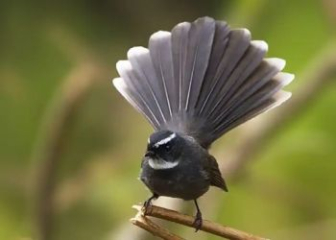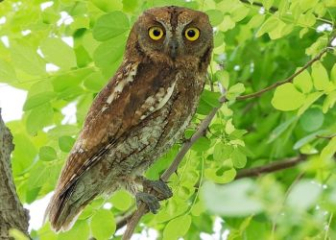White Wagtail - Origin, Appearance and Habits
Blog | by
The white wagtail (Motacilla alba) is a very popular pet bird in Asia with a clear voice, slim appearance, and a love of wagging its tail.
The White Wagtail (scientific name: Motacilla alba) is one of the popular pet birds in Asia, especially in Vietnam. They have a small, slender appearance, a clear voice and an interesting habit of constantly "waving their tails".
And the article below of nicebirds will help you understand more clearly about the origin, habits as well as the most detailed techniques for raising white wagtails. Let's find out now!
White Wagtail Information :
|
Scientific name |
Motacilla alba |
|
Common name |
White Wagtail |
|
Source |
Asia, Europe, North Africa |
|
Set |
Passeriformes - Order Passeriformes |
|
Surname |
Motacillidae - Family of Wagtails |
|
Size |
16 - 21 cm |
|
Lifespan |
2 - 8 years, depending on living conditions |
Origin and distribution of white wagtail
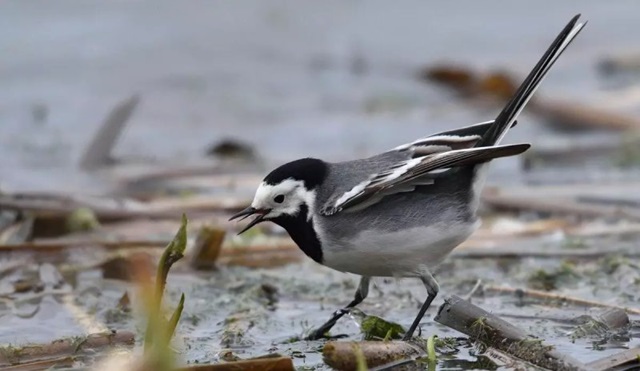
White-rumped wagtail is a common bird in Vietnam.
The white wagtail (Motacilla alba) is native to Asia, Europe and parts of North Africa. It is also the most widespread species of wagtail.
White Wagtails are widely distributed throughout most of Asia, North Africa, the Middle East, Central Asia and East Asia. In winter they often migrate south to the Indian subcontinent, Southeast Asia and North Africa.
In Vietnam, white lime is distributed everywhere from plains to mountains, especially areas near rivers, lakes and rice fields.
White Wagtail Bird Appearance
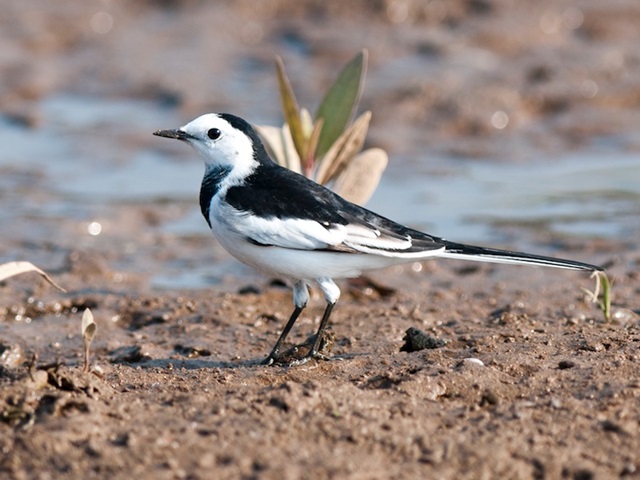
The beautiful appearance of a white wagtail.
White Wagtails are small, slender birds that are easily recognized by their distinctive appearance and behavior. Let’s learn more about the appearance of this bird to know how to distinguish them from other species in the Wagtail family!
- Size : 16 - 21 cm, including tail
- Weight: 20 - 25g
- Body shape : Slender, thin legs, tall.
- Feather color : White, black and gray tones. Light gray back, white belly, black wings with white edges.
- Head and face : White head, with a distinctive black stripe on the neck that looks like a “bib”.
- Eyes : Small, round, black, looks very smart.
- Beak : Thin, straight.
- Tail : Long, always wagging up and down very flexibly.
- Legs : Long, slender, usually dark in color.
Characteristics and behavior of white wagtails
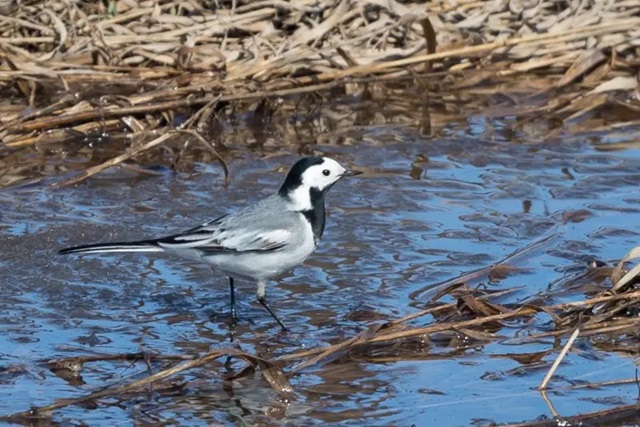
White wagtails love to live near rivers.
White-rumped Wagtails not only have an impressive appearance, but they are also easily recognized by their characteristic "tail wagging" behavior and other living habits. Learn more here!
Continuous tail wagging
Wagtails often bob their tails up and down, whether standing still or moving, which is a characteristic behavior of this bird species.
Prefers to live alone or in pairs
White wagtails do not like to live in flocks but prefer to live alone or in pairs. They only gather in flocks during the migration season to fly together.
Mainly walking on the ground
Although a bird, the white wagtail spends most of its time running very quickly on the ground, constantly moving in search of food such as worms or insects.
Like to live near water
White Wagtails are a type of bird that loves to live near water such as rivers, streams, ponds, and lakes. Because there are abundant sources of water and insects for them to forage for food.
Is a migratory bird
The White Wagtail is a semi-migratory bird. Birds that live in temperate regions will move south when the cold winter comes.
In Vietnam, there are two species of white wagtails: one is a year-round resident bird and the other is a seasonal migrant from the North.
Communicate with each other using simple calls. Appearance of the white wagtail
White-rumped Wagtails have a very simple, easy-to-hear, clear call that is often repeated over and over again. They also use this call to communicate with their own kind. When flying, this bird will make a very interesting "squeak" sound.
Breeding habits of the white wagtail
White-rumped shama usually breeds from April to July every year, and can lay 2 litters each year, each litter containing 4-6 eggs.
After laying eggs, both the male and female birds will take turns incubating the eggs for about 11 - 14 days and then together care for the chicks until they are adults.
White Wagtail Breeding Techniques from A to Z
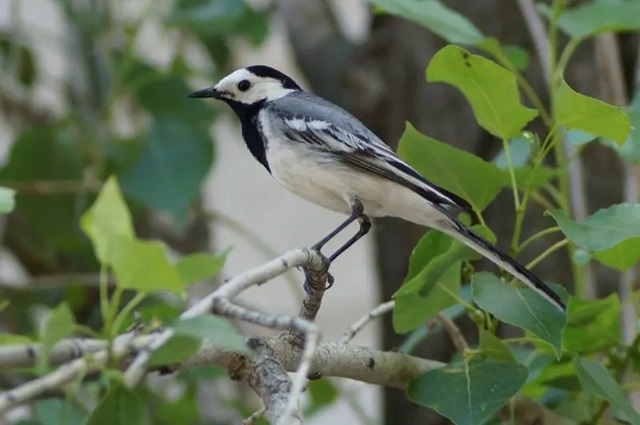
White wagtails prefer to live in open environments.
Although white-rumped finches also have an impressive appearance and a pleasant song, they are rarely kept as pets like starlings, nightingales, and starlings for a number of reasons such as requiring a specific living environment and a special diet. However, if you are really passionate about this wild bird, you can refer to the white-rumped finches raising techniques shared in detail below!
Prepare suitable cages and living environment
White Wagtails love to run and move on the ground, so they need to be kept in a spacious cage, or an aviary with ground space and meet the following basic requirements:
- Cage material : Should choose stainless steel or stainless steel, sturdy frame.
- Cage Floor : A thin layer of soil or small gravel is needed to simulate the bird's natural environment.
- Cage location : Place in a cool, well-lit place, away from strong winds, rain, and humidity. Should be placed in a garden with lots of trees.
Diet suitable for white lime
White waxwings love to eat insects so you need to provide a diet rich in protein and easy to digest to help them grow best.
- Main food : Insects such as mealworms, crickets, earthworms, rice worms; crushed boiled eggs.
- Supplemental food: Bird feed mixed with egg powder, multivitamins, sweet fruits such as bananas, papaya, apples.
- Clean water : Always available and renewed daily.
White Wagtail Care and Hygiene
To help your white wagtail bird grow healthy and live long, you need to pay attention to hygiene and health care for them. Please note the following!
- Clean the cage, clean the litter tray, change the sand and gravel lining every 2-3 days, and remove leftover food from the day.
- Every week, you should bathe your bird 2-3 times, using a shallow water tray for the bird to bathe itself or using a gentle spray bottle.
- Observe the bird's behavior, habits, health, feathers, and droppings every day to detect early signs of disease.
Notes when raising white wagtails
If you want to successfully raise white-legged quail, please note some important things below.
- Do not lock birds in a cramped cage with no space to move around because it will cause stress, feather loss and lethargy.
- Do not feed birds with birdseed because white wagtails only like to eat animals.
- White-rumped quail is a wild bird, difficult to tame, so you need to be patient and spend a lot of time taming it, helping the bird get used to the environment, do not be too hasty.
White Wagtail Price List
Currently, white wagtails are sold in Vietnam at many different prices and types, from young birds to tamed, untamed, or even mutant adult birds. You can refer to the following price list for a clearer picture!
|
Bird species |
Reference price (VND/piece) |
Note |
|
Young white key lime (under 3 months old) |
250,000 - 500,000 |
Young birds need experience and time to raise and tame. |
|
Adult, untamed white key |
500,000 - 800,000 |
Adult birds, but need time to tame to sing well |
|
Adult domesticated white key |
1,200,000 - 2,500,000 |
Male, adult, sings well |
|
Mutant white lime |
Over 3,000,000 |
Mutant birds have strange colors or the ability to sing extremely well. |
If you want to buy white wagtails, you can refer to some of the following reputable addresses:
- Cho Tot: A place to buy white wagtails at competitive and attractive prices.
- Reputable bird shops.
- White wagtail groups on Facebook, where you can buy and sell and exchange experiences with other bird breeders.
White Wagtail Image
To help you enjoy admiring the most beautiful and realistic images of white wagtails, right below we have collected many beautiful and impressive moments, don't miss them!
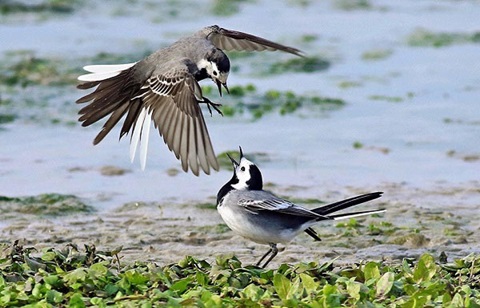
Two white wagtails are "hissing" at each other on the mudflat.

A white wagtail is perched on the lotus leaves.

The white wagtail is “jogging” on the road.
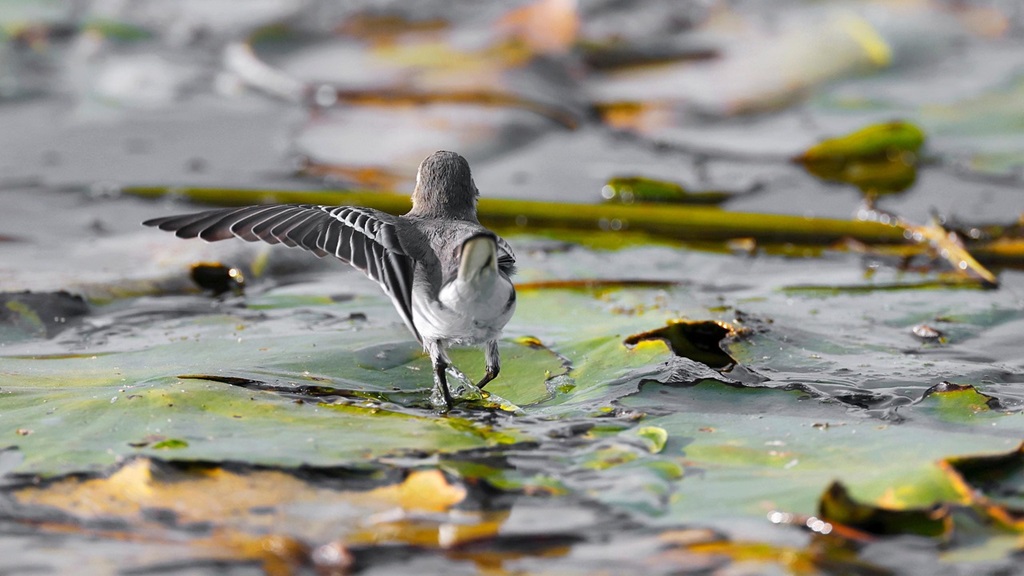
Image of a white wagtail bird with one wing spread.
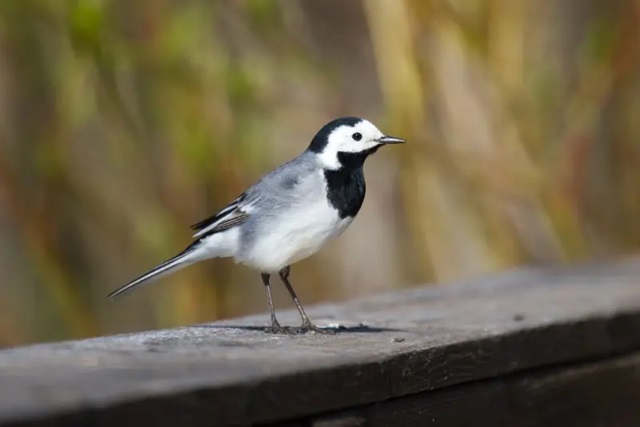
A white wagtail with a graceful, slim figure.
Thus, through the above article, nicebirds.net has shared with you relevant information about the white wagtail . Although this is a wild bird, if you have enough experience and enough space to raise it, you can try your hand at this bird!
If you want to learn more about the vast world of pet birds and the most effective bird care experiences, please visit our Blog section regularly!

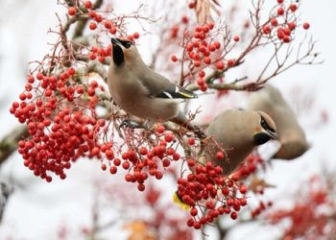

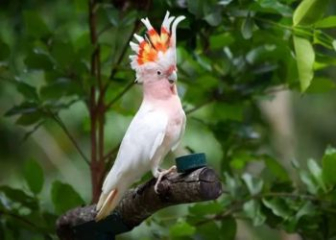
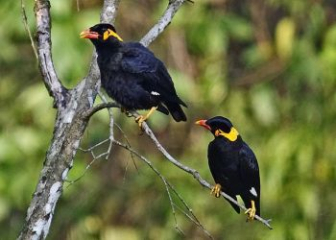
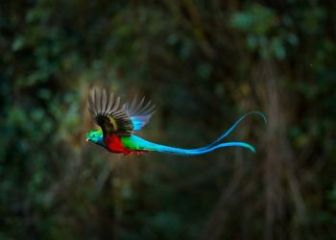





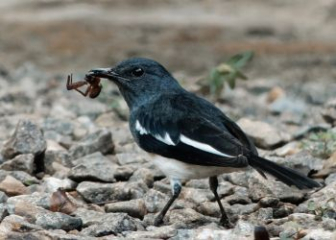
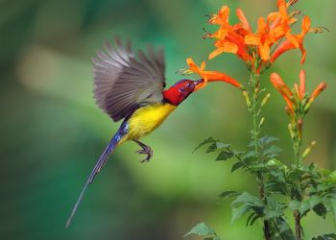


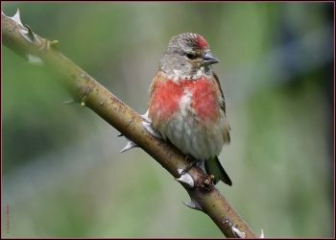
_350x250.jpg)
